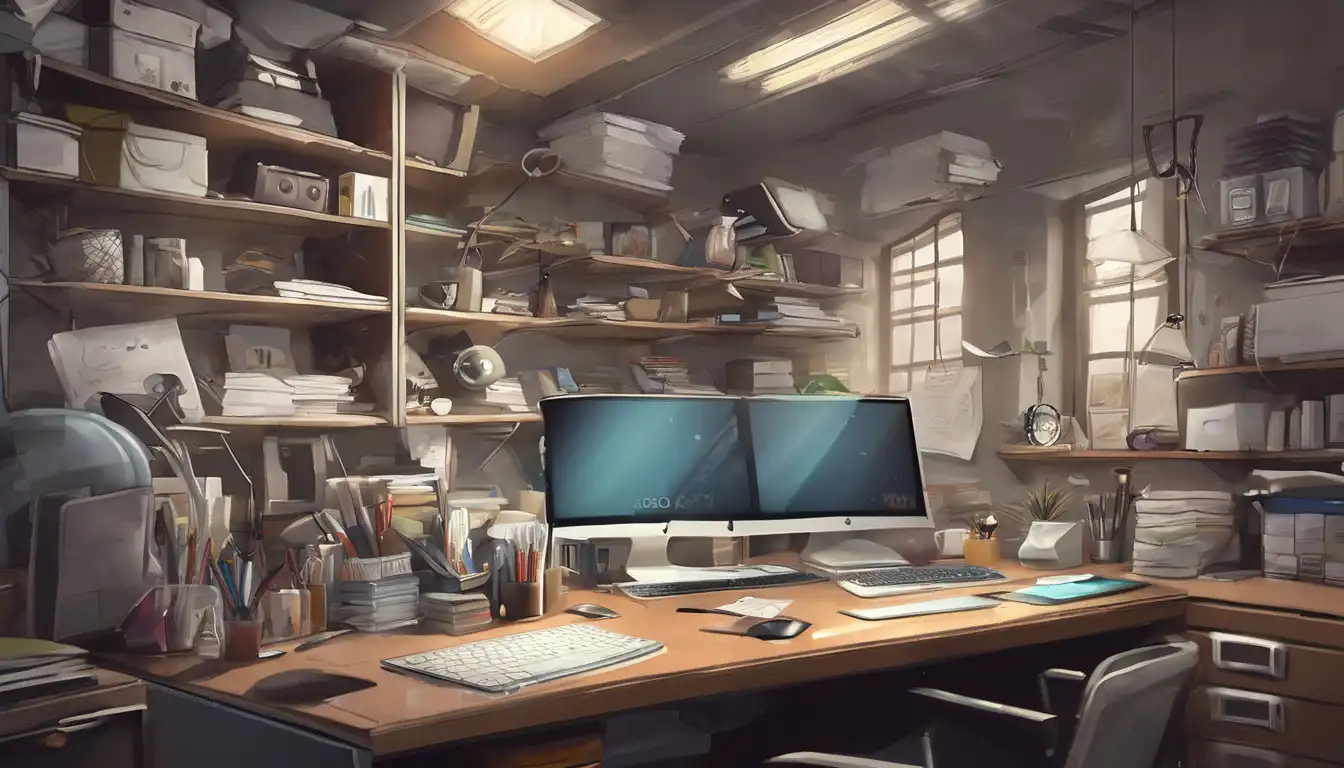Why Your Workspace Matters for Focus
Your physical environment plays a crucial role in your ability to concentrate and maintain productivity throughout the workday. A cluttered, disorganized workspace can significantly impact your mental clarity and focus, while a well-designed area can enhance your cognitive performance. Research shows that organized environments reduce stress levels and improve information processing capabilities by up to 20% compared to chaotic spaces.
The Psychology Behind Workspace Organization
Understanding how your brain responds to your surroundings is key to creating an optimal workspace. Visual clutter competes for your attention, forcing your brain to process unnecessary information. This cognitive load can lead to mental fatigue and decreased productivity. By implementing strategic organization techniques, you create an environment that supports rather than hinders your focus.
Minimalism and Mental Clarity
Adopting a minimalist approach to your workspace doesn't mean sacrificing functionality. Instead, it involves keeping only essential items within your immediate reach. This practice reduces visual noise and decision fatigue, allowing your brain to concentrate on important tasks rather than constantly processing environmental stimuli.
Essential Steps to Organize Your Workspace
Declutter Your Physical Space
Begin by removing everything from your desk and workspace area. Sort items into three categories: essential, occasionally used, and unnecessary. Keep only essential items on your desk surface, store occasionally used items in accessible drawers or shelves, and remove unnecessary items completely. This process alone can dramatically improve your ability to focus.
Implement the Zoning Method
Divide your workspace into functional zones based on your work activities. Create distinct areas for computer work, writing, reference materials, and personal items. This zoning approach helps your brain associate specific areas with particular tasks, making it easier to transition between different types of work throughout the day.
Cable Management Solutions
Tangled cables create visual chaos and can be a source of frustration. Invest in cable organizers, clips, or sleeves to keep wires neat and out of sight. Proper cable management not only improves aesthetics but also reduces the mental distraction caused by visual clutter.
Digital Organization for Better Focus
While physical organization is crucial, don't neglect your digital workspace. A cluttered computer desktop, disorganized files, and multiple browser tabs can be just as distracting as physical clutter. Implement these digital organization strategies to complement your physical workspace improvements.
Desktop and File Organization
Create a logical folder structure for your documents and maintain a clean desktop with only essential shortcuts. Use consistent naming conventions for files to make them easily searchable. Consider using cloud storage solutions to keep your local drive organized while ensuring important files are accessible from anywhere.
Browser and Application Management
Limit the number of browser tabs open simultaneously and use bookmark folders to organize frequently visited websites. Close applications you're not actively using to reduce both visual and system resource clutter. Many productivity experts recommend using productivity applications that help manage digital distractions.
Ergonomics and Comfort Considerations
An organized workspace should also prioritize physical comfort and ergonomics. Proper ergonomics reduce physical strain, which can be a significant distraction from your work. Ensure your chair, desk height, and monitor positioning support good posture and reduce physical discomfort.
Lighting and Ambiance
Proper lighting is essential for reducing eye strain and maintaining focus. Position your workspace to take advantage of natural light when possible, and supplement with task lighting as needed. Consider the color temperature of your lighting—cooler tones tend to promote alertness, while warmer tones create a more relaxed atmosphere.
Maintaining Your Organized Workspace
Organization is not a one-time task but an ongoing process. Develop daily and weekly habits to maintain your workspace's optimal condition. Spend five minutes at the end of each workday tidying your area, and schedule a more thorough organization session once a week. This maintenance routine prevents clutter from accumulating and ensures your workspace continues to support your focus.
The 5-Minute Daily Reset
Implement a simple end-of-day routine where you file documents, clear your desk surface, and prepare for the next day. This practice not only maintains organization but also provides psychological closure to your workday, helping you transition more effectively to personal time.
Advanced Organization Techniques
Personalization Without Clutter
While minimalism is beneficial, your workspace should still reflect your personality. Choose one or two meaningful items to display that won't create visual distraction. This balance allows you to create an environment that feels both personal and professionally conducive to focus.
Incorporating Nature Elements
Studies show that incorporating plants into your workspace can improve air quality and reduce stress. Choose low-maintenance plants that thrive in office environments. The presence of nature elements can enhance creativity and focus while adding visual interest without creating clutter.
Measuring the Impact on Your Focus
After implementing these organization strategies, pay attention to changes in your productivity and focus levels. Many people report significant improvements in their ability to concentrate for longer periods and experience reduced mental fatigue. Track your progress and make adjustments as needed to optimize your workspace further.
Remember that workspace organization is highly personal—what works for one person may need adjustment for another. The key is to create a system that supports your unique work style and preferences while minimizing distractions. For more tips on improving your work environment, explore our guide on creating the perfect home office setup.
By investing time in organizing your workspace, you're not just creating a neater environment—you're building a foundation for sustained focus, increased productivity, and better work outcomes. Start with small changes and gradually implement more advanced techniques to transform your workspace into a productivity powerhouse.
